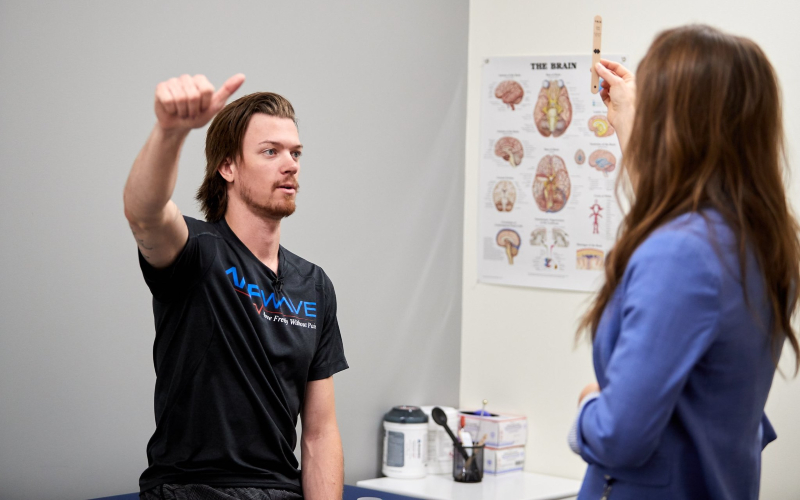What is PCS?
Know the symptoms and risk factors associated with Post-Concussion Syndrome.
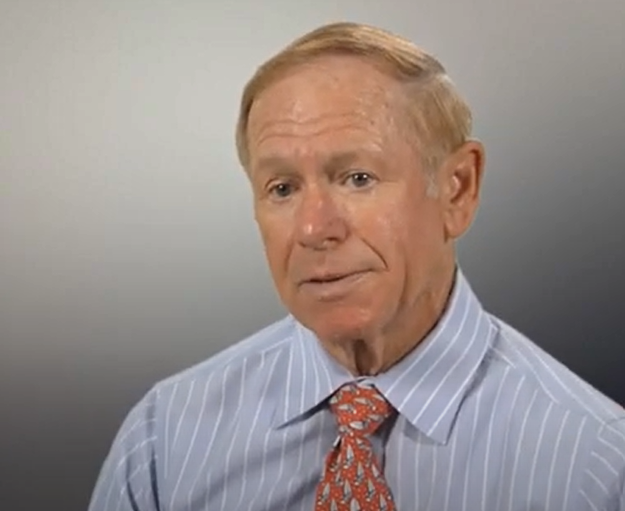
What is Post-Concussion Syndrome (PCS)?
Post-Concussion Syndrome (PCS), also known as persistent post-concussion symptoms (PPCS) is the persistence of concussion symptoms beyond the normal course of recovery. The majority of concussion symptoms will resolve within one month, but in cases that last longer than a month, doctors may diagnose PCS.
Patients with PCS can experience concussion-like symptoms at rest or in response to too much cognitive or physical activity, often forcing them to withdraw from their usual physical, social, and professional lives.

What are the symptoms of PCS?
PCS symptoms most often fall into four categories: cognitive, sleep, mood and behaviour, and physical.
Cognitive difficulties
Cognitive difficulties primarily encompass memory, attention, and focus issues, which directly impact the ability to complete schoolwork or fulfill work responsibilities effectively.
Sleep problems
Sleep problems ranging from excessive sleepiness to insomnia are common in PCS patients. In some cases, individuals may find they are sleeping too much, leading to lethargy and fatigue throughout the day.
Mood and behaviour changes
Mood and behaviour changes can be wide-ranging. It’s quite common to experience increased irritability after a concussion, and with PCS, many can also experience anxiety and depression. Personality changes or a general feeling of being “off” can also be part of PCS.
Physical symptoms
Physical symptoms are the largest category of persistent post-concussion symptoms. The most common are headache, neck pain, dizziness, and sensitivity to light and noise.
While not everyone who experiences a concussion will develop PCS, it’s important to monitor symptoms following a concussion and seek medical attention if they persist beyond one month. For more information on PCS, download our comprehensive guide.
How common is PCS?
PCS is a relatively common complication of concussion recovery. It’s estimated that PCS may be diagnosed in 20 percent of concussion patients.
While most patients won’t suffer from PCS, it’s still a larger concern for certain groups of individuals, including:
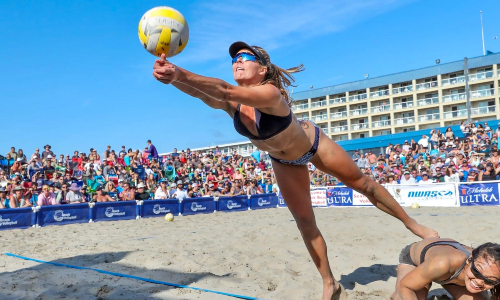
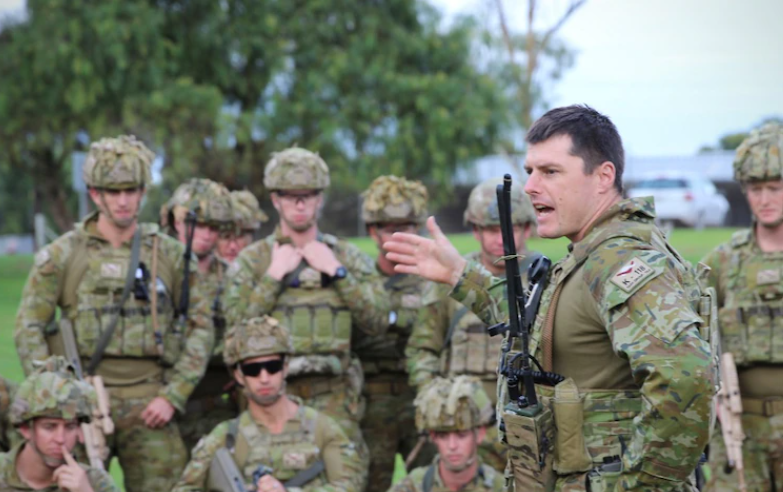
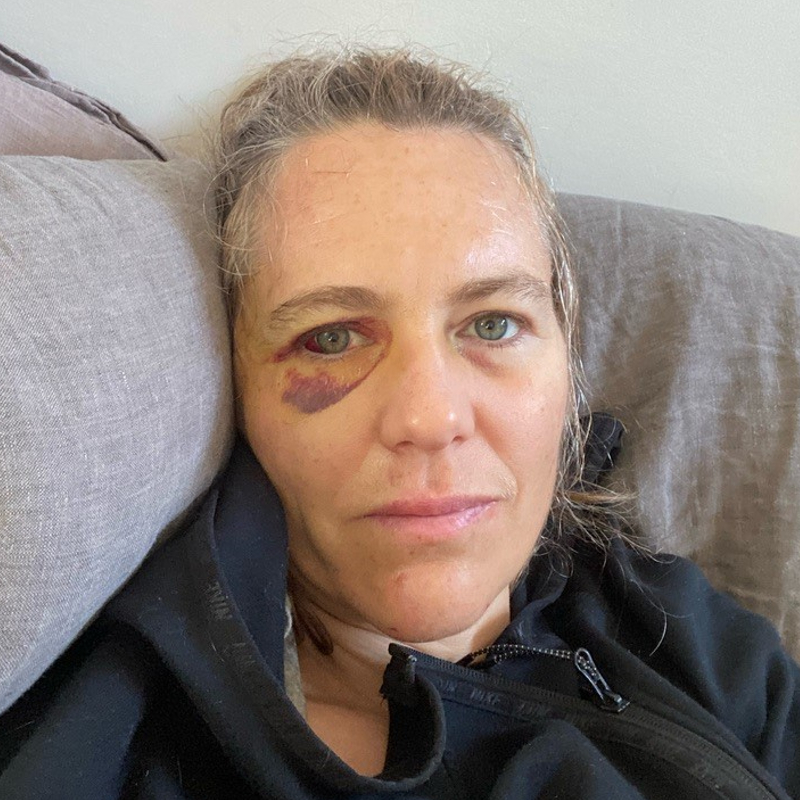
In many sports, athletes are exposed to regular physical contact and the possibility of injury, making concussions a more common occurrence, even at a very young age. Contact and collision sports such as American football, Australian rules football, soccer, ice hockey, and rugby tend to report higher instances of concussions and PCS due to the frequent, high-impact collisions that are part of those sports.
The awareness of concussion-related injuries has led to improved protocols and return-to-play guidelines, especially in professional and collegiate sports. Nevertheless, the repeated nature of sports-related brain trauma means that the likelihood of developing PCS remains higher for many athletes.
PCS is a significant concern with military personnel due to the nature of their duties, which often put them at increased risk for traumatic brain injuries (TBIs). Studies have shown that the rate of concussions among military personnel is substantial, leading to a higher incidence of PCS. The difficulties of combat environments, training exercises, and the general physicality of military operations contribute to these risks.
PCS remains a common occurrence affecting service members, potentially leading to long-term effects that extend beyond their military careers. The transition back to civilian life can be particularly challenging for veterans dealing with PCS.
Those who have been in an accident, particularly vehicular collisions, falls, and work-related incidents, are also prone to experiencing concussions. As with other groups, there are several factors that contribute to the development of PCS, including injury severity, medical history, and management of the injury.
The recovery process after an accident is multifaceted, involving physical, emotional, and cognitive healing. PCS can complicate this process, with symptoms persisting for months or even years, affecting daily functioning and quality of life.
Why do some people suffer from PCS, but others don’t?
Predicting who will experience PCS is challenging, but research offers insights into individuals who may face a higher risk. Download our printable resource on PCS risk factors, and watch the video below to understand more about individuals who are at higher risk.
When assessing a patient with persistent post-concussion symptoms, a doctor will inquire about specific risk factors that may have made them more susceptible following a concussion.
Certain risk factors may seem intuitive or obvious, such as a major blow to the head. If someone experiences a hit that leaves them completely incapacitated, it is reasonable to anticipate a longer concussion recovery compared to someone who sustained a less severe impact.
Some individuals experience a double impact, where they sustain a blow to the head, fall, and subsequently receive another blow when their head hits the ice, boards, or field. These double impacts may result in a more severe concussion and increase the likelihood of developing PCS.
Another factor to take into account is whether someone has pre-existing conditions such as a concussion, attention deficit disorder (ADD) or ADHD, depression, anxiety, migraines, or a seizure disorder. Having these underlying conditions can heighten the effects of a concussion, both in the short term and potentially over a prolonged period.
Is PCS the same thing as CTE?
It’s important to note that PCS differs from Chronic Traumatic Encephalopathy (CTE), a progressive and degenerative disease resulting from repetitive head trauma. While CTE develops over time, PCS refers to symptoms that begin minutes, hours, or days after a concussion and don’t resolve within a month.
PCS improves over time and, with treatment, often leads to full recovery. On the other hand, CTE is a progressive degenerative brain disease. Symptoms usually appear many years after an individual was exposed to repeated head impacts.
If you’re experiencing persistent symptoms following a concussion, rest assured that you’ll eventually feel better, especially if you work with an experienced medical professional.
[1] Permenter, C. M. (2023, August 28). Postconcussive syndrome. StatPearls [Internet]. https://www.ncbi.nlm.nih.gov/books/NBK534786/
[2] Centers for Disease Control and Prevention. (2023b, May 3). Updated mild traumatic brain injury management guideline for adults. Centers for Disease Control and Prevention. https://www.cdc.gov/traumaticbraininjury/mtbi_guideline.html
[3] Permenter, C. M. (2023a, August 28). Postconcussive syndrome. StatPearls [Internet]. https://www.ncbi.nlm.nih.gov/books/NBK534786/
[4] McKee, A. C., & Robinson, M. E. (2014, June). Military-related traumatic brain injury and neurodegeneration. Alzheimer’s & dementia : the journal of the Alzheimer’s Association. https://www.ncbi.nlm.nih.gov/pmc/articles/PMC4255273/
[5] Va.gov: Veterans Affairs. Management and Rehabilitation of Post-Acute Mild Traumatic Brain Injury (mTBI) (2021). (2009, May 22). https://www.healthquality.va.gov/guidelines/Rehab/mtbi/
[6] Ianof, J. N., Freire, F. R., Calado, V. T. G., Lacerda, J. R., Coelho, F., Veitzman, S., Schmidt, M. T., Machado, S., Velasques, B., Ribeiro, P., Basile, L. F. H., Paiva, W. S., Amorim, R., & Anghinah, R. (2014). Sport-related concussions. Dementia & neuropsychologia. https://www.ncbi.nlm.nih.gov/pmc/articles/PMC5619443/
[7] U.S. Department of Health and Human Services. (n.d.). Traumatic brain injury (TBI). National Institute of Neurological Disorders and Stroke. https://www.ninds.nih.gov/health-information/disorders/traumatic-brain-injury-tbi
[8] Thompson, H. J., McCormick, W. C., & Kagan, S. H. (2006, October). Traumatic brain injury in older adults: Epidemiology, outcomes, and future implications. Journal of the American Geriatrics Society. https://www.ncbi.nlm.nih.gov/pmc/articles/PMC2367127/
